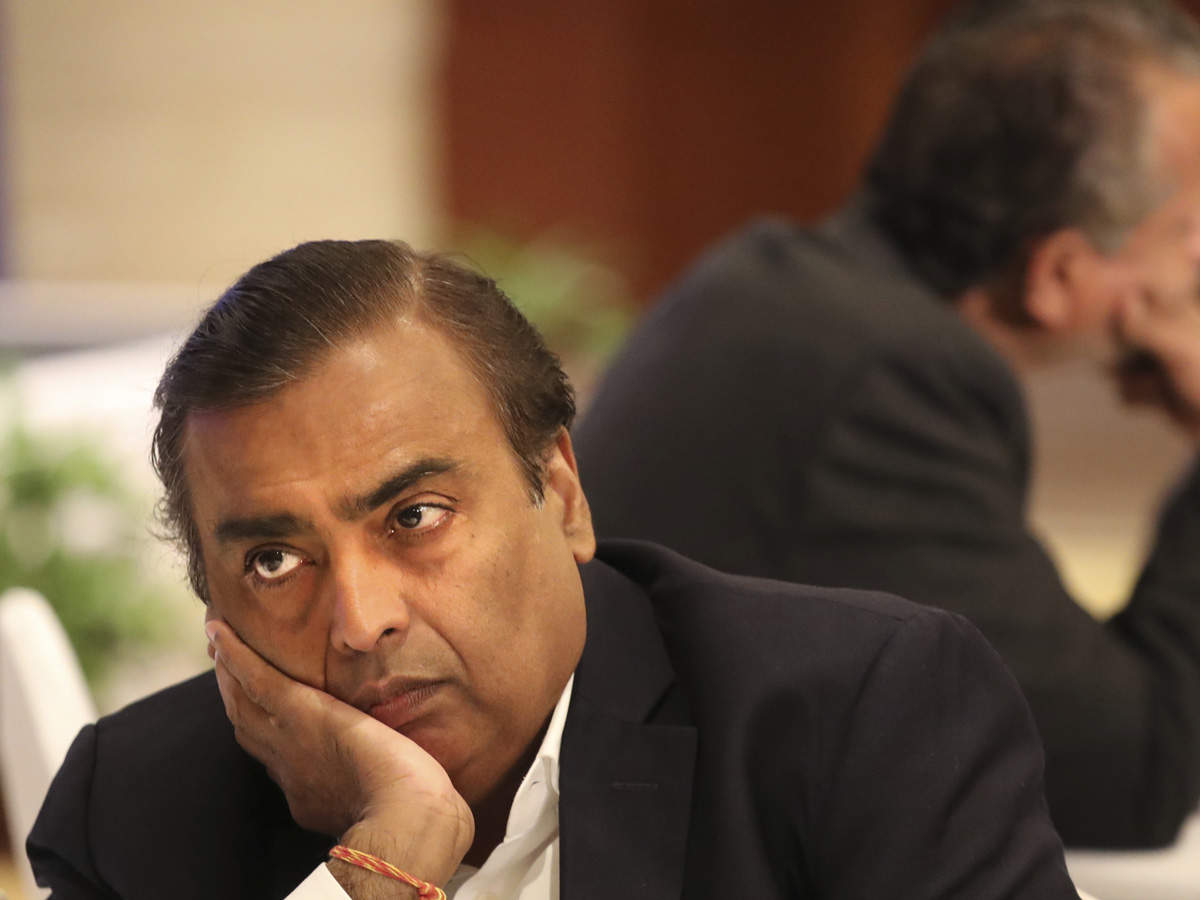INSUBCONTINENT EXCLUSIVE:
SINGAPORE/NEW DELHI: Reliance Industries, currently India's second most valuable listed company, got rich by trading fuel across Asia,
Africa and Europe while effectively ignoring its home market.
Reliance's refineries processed crude from the nearby Middle East and sold
fuel to fast-growing markets in North Asia including China, Japan, South Korea and Taiwan.
That began to change when India's oil demand
surged, overtaking Japan as the world's third-biggest consumer
Reliance took more interest in the country's retail fuel sector and has opened more than 1,300 service stations.
This push into the
domestic fuel market may stumble after India's government imposed cost controls on Oct
4 on petrol and diesel prices to rein in recent record highs.
Reliance's shares plunged 6.9 percent on the day of the announcement and are
down about 20 percent since their record close on Aug
28.
The decline has pushed Reliance's market capitalization down to 6.64 trillion rupees ($90.47 billion) and it is no longer India's
most valuable company, sitting behind Tata Consultancy Services Ltd at 6.77 trillion rupees.
The price shock, driven by soaring crude import
costs, angered consumers and triggered riots by farmers, forcing the government to react at the cost of its refiners' health.
For now,
Reliance is staying with its retail plans despite the recent trouble.
"When prices are cut, you have to effectively match it," said
Venkatachari Srikanth, Reliance's joint chief financial officer, during their earnings presentation on Oct
"We are not going to let this alter broadly our strategy on retail petroleum."
In line with that, Reliance is planning as many as 2,000
retail stations with oil major BP Plc over the next three years, local media reported on Tuesday.
Reliance's domestic push made sense in
an Asian fuel market that is increasingly crowded with new refinery capacity from the Middle East, Southeast Asia and China.
The new
capacity, combined with soaring crude prices, has eroded profit margins for producing refined fuels.
With the domestic market now also under
pressure from price controls, some analysts have been spooked.
Sukrit Vijayakar, director of Indian oil consultancy Trifecta said the
government move could "be disastrous for Reliance."
The retail move puts Reliance into competition against government controlled refiners
like Bharat Petroleum Corp, Hindustan Petroleum Corp and Indian Oil Corp, the country's biggest refiner.
Reliance's domestic strategy
initially won the backing of investors and the retail fuels group was touted by company Chairman Mukesh Ambani in a speech at its annual
general meeting in July.
Between January and August, Reliance's shares soared 45 percent, far outpacing the state-owned refiners as well
as India's main stock index, the Nifty 50, which gained 12.5 percent.
But rising crude prices, which jumped from under $70 per barrel in
early 2018 to around $85 in early October, and a tumbling rupee combined to push domestic fuel prices to records, undermining Reliance's
retail strategy despite some relief from a dip in crude prices in recent weeks.
Still, Rohit Ahuja, senior vice president of India's BOB
Capital Markets, which has a buy rating on Reliance, said signs of an "oil price shock" in India were "already visible."
Reliance may
gradually mothball its retail stations because of the cost controls, said Macquarie Capital Ltd Analyst Aditya Suresh in a note on Oct
5, though the bank expects no meaningful impact on its earnings.
EXPORT MARKET IMO 2020Reliance may be better placed to thrive on exports
despite the increasing competition in Asia and the Middle East.
The company operates the world's biggest refinery complex at the port of
The first Jamnagar plant can process 663,000 barrels per day (bpd) of crude while the second site can process another 709,000
bpd.
Reliance's refining margins last quarter were at a premium of $3.40 per barrel over the average Singapore margin, the benchmark for
Asia.
However, the Singapore margin has dropped by about 50 percent since mid-2017 because of rising crude prices
Reliance also said in its results that fewer refinery outages last quarter meant global run rates were high.
Still, Reliance's refineries
benefit from being among the most modern in the world
Several units process residual fuel oil, the leftovers after crude oil is initially refined, into higher-value petrol and distillate
products as well as remove pollutants such as sulphur
That ability to cut its high-sulphur fuel oil output to nearly nothing while maximising its diesel fuel output gives Reliance an advantage
as the International Maritime Organization (IMO) will require new low-sulphur fuel oil used in ships starting in 2020.
"IMO regulations are
positive because of our mid-distillate configuration," said Reliance's Srikanth.
With a move towards cleaner fuels as part of IMO, BOB
Capital's Ahuja said Reliance's gross refining margins could rise by up to $5 per barrel
Beyond IMO 2020 and the Indian fuel price turmoil, the oil industry is threatened by the rise of electric vehicles and alternative fuels
that could reduce oil's use as a transport fuel.
Refiners are looking at petrochemicals to replace potentially lost demand in the
transport sector.
"If I have to look at it from a 'oil demand hit from electric vehicles' perspective, it's going to be petrochemicals
that's going to survive for them (Reliance) beyond ten years," said Ahuja.
Combined, Reliance's refining and marketing group along with
its petrochemicals division contribute more than 90 percent of the overall company revenues, its latest annual report showed.
Under
Reliance's "Oil to Chemicals Journey" strategy the company is seeking to "upgrade all of our fuels to high value petrochemicals" over the
next decade.
"We are focusing to produce and sell at every level," said Reliance's Srikanth
"Between whether to sell domestically or on bulk, whether we will export, every day is an analysis of which is a better option."
($1 =

